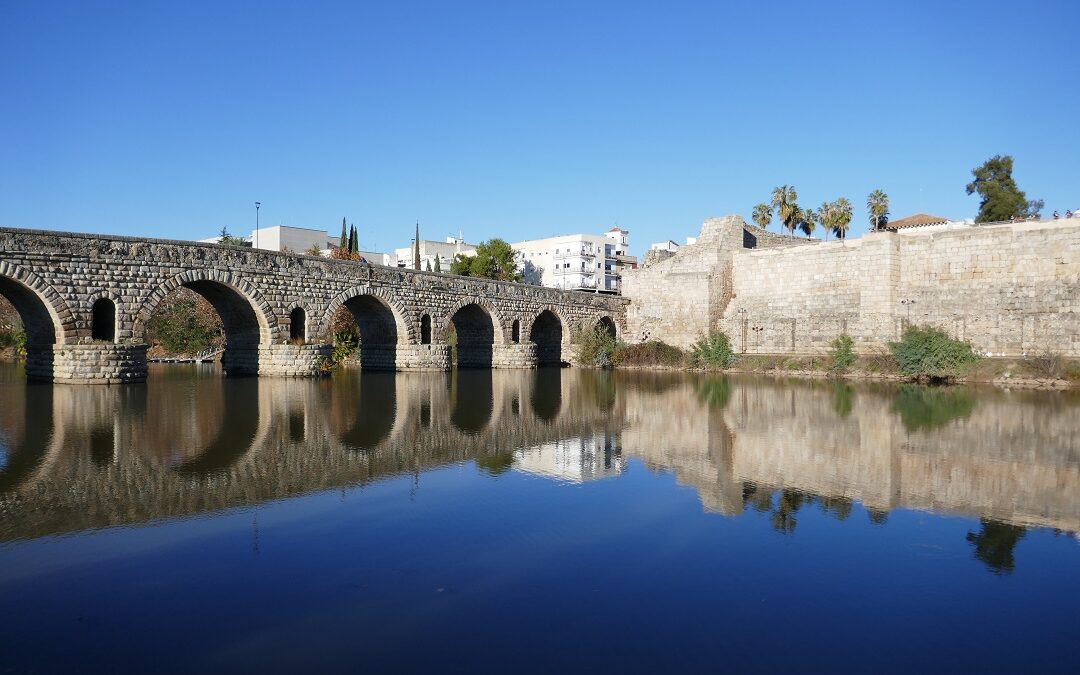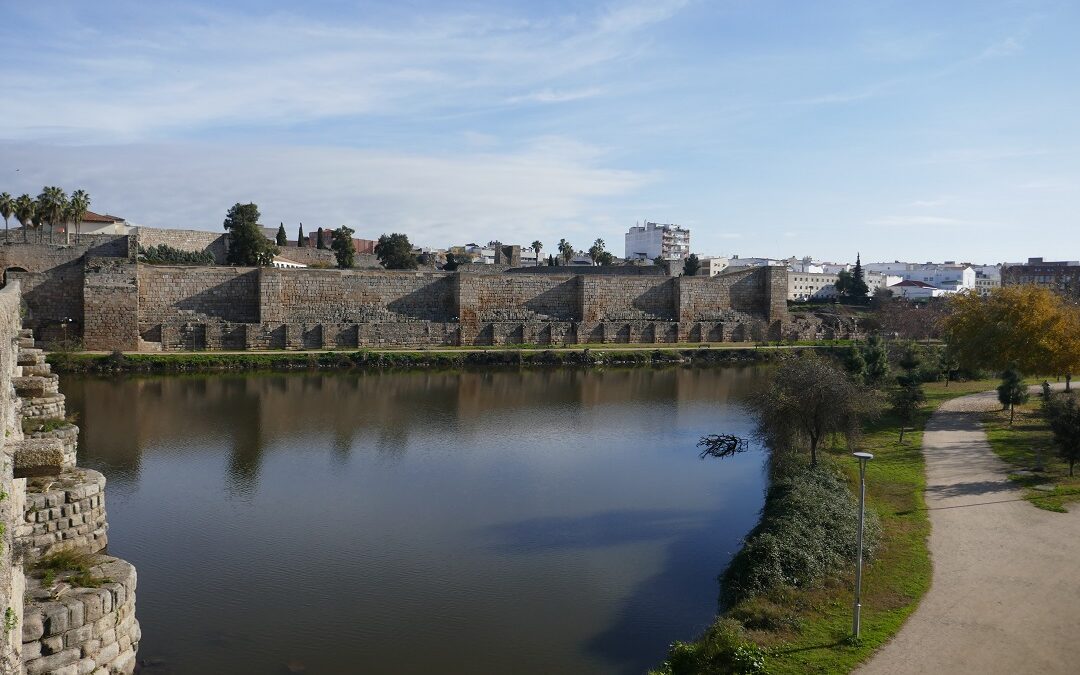Ideas, tips and guides to travel Extremadura independently
Discover an exciting up-and-coming Spanish destination with the help of a local
Hola!
I’m Irene (pronounced /ee-REH-neh/), a travel content creator from Extremadura.
Long since settled in the UK, I explore my Spanish home region with an inquisitive mind, a sharp eye, and the duality that comes with being both a local and a visitor.
On Travel Extremadura I share ideas, tips and practical information to help you discover this beautiful yet overlooked part of Spain.

New to Extremadura?
Read my destinations guide for an introduction to the Extremadura region, its provinces, cities, towns and villages. It’ll help you start planning where to go.
Featured articles
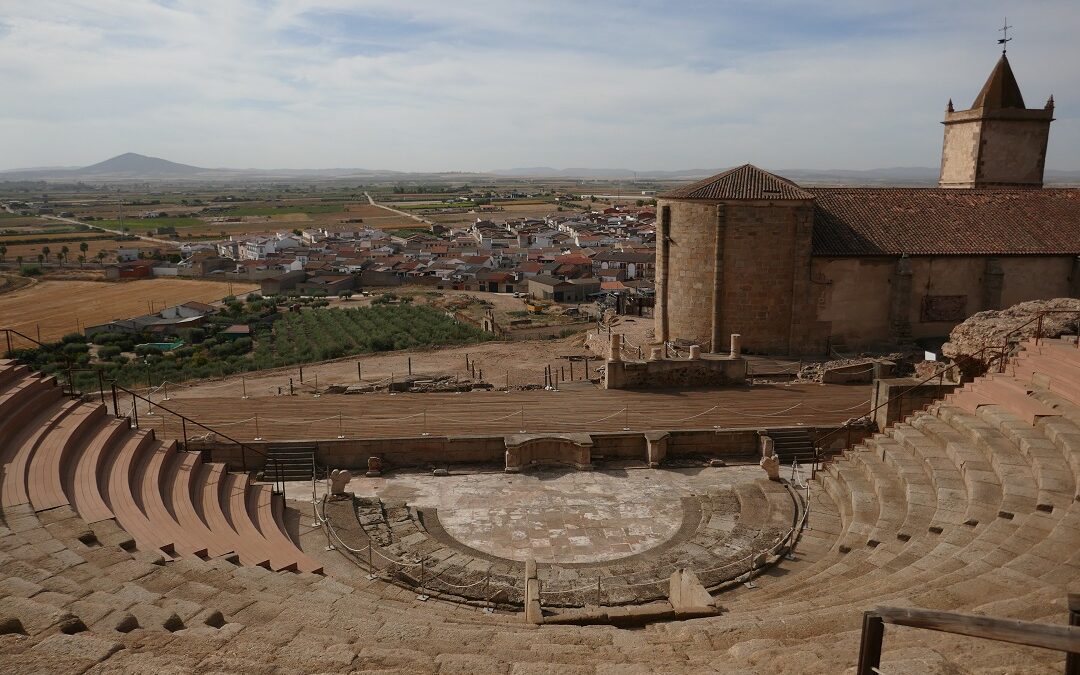
Vegas Altas del Guadiana destinations: Medellín
If your trip to Extremadura takes you to the northern areas of Badajoz province, make sure to visit Medellín. Whether a stop on your way to your next overnight destination or a day trip from Mérida, this small town of Roman origins in Vegas Altas del Guadiana is a...
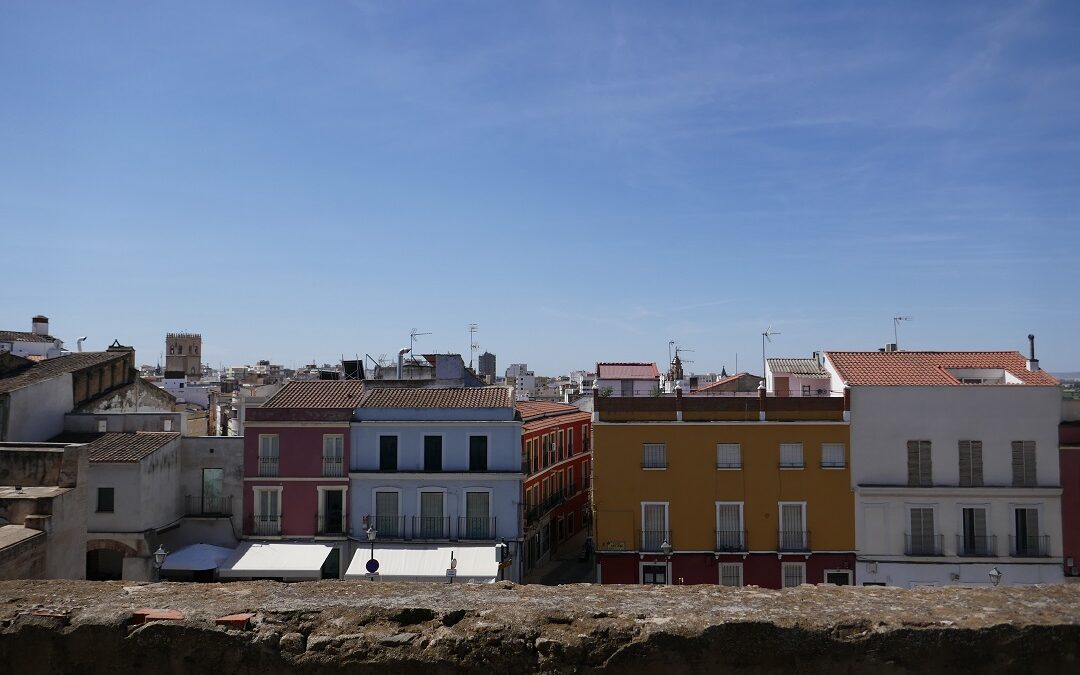
Badajoz sightseeing: 9 places not to miss
Despite being the region’s largest city, visitors to Extremadura often leave Badajoz out of their travel itinerary. It won’t strike you as a particularly beautiful destination at first sight but, if you can get past its unappealing outskirts, the numerous gems around...
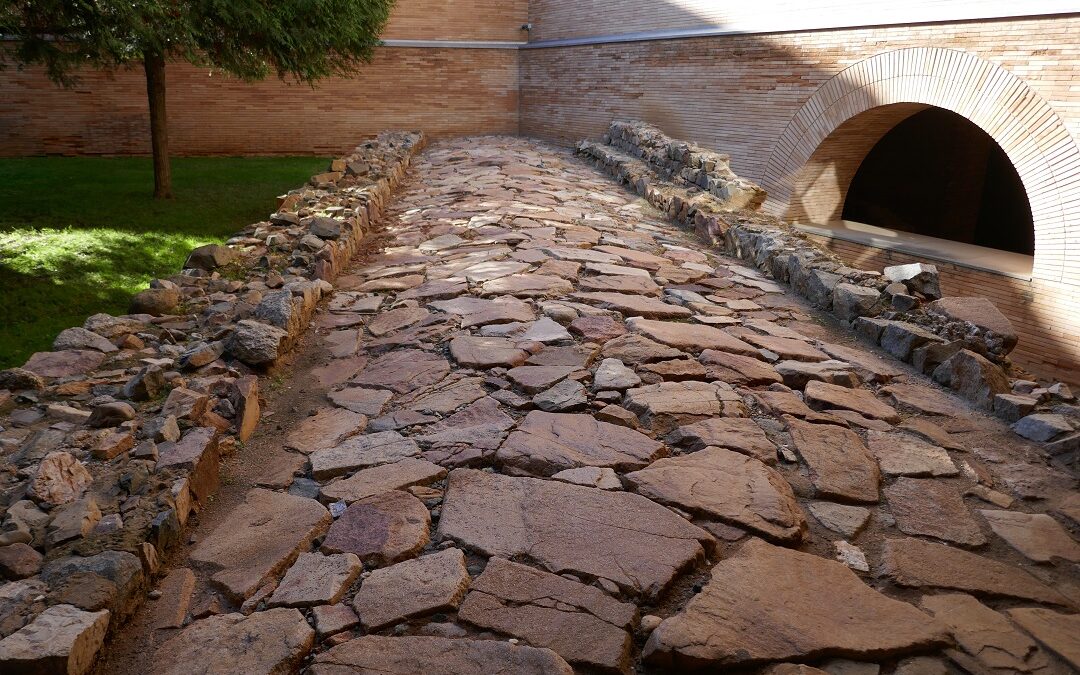
Roman architecture in Mérida: 18 places not to miss
Mérida is often referred to as ‘Little Rome’ for a reason. Founded as Augusta Emerita in 25 BCE, it became the capital of the Iberian Roman province of Lusitania. The Roman origins are present today in every corner of Extremadura’s capital – a World Heritage City...
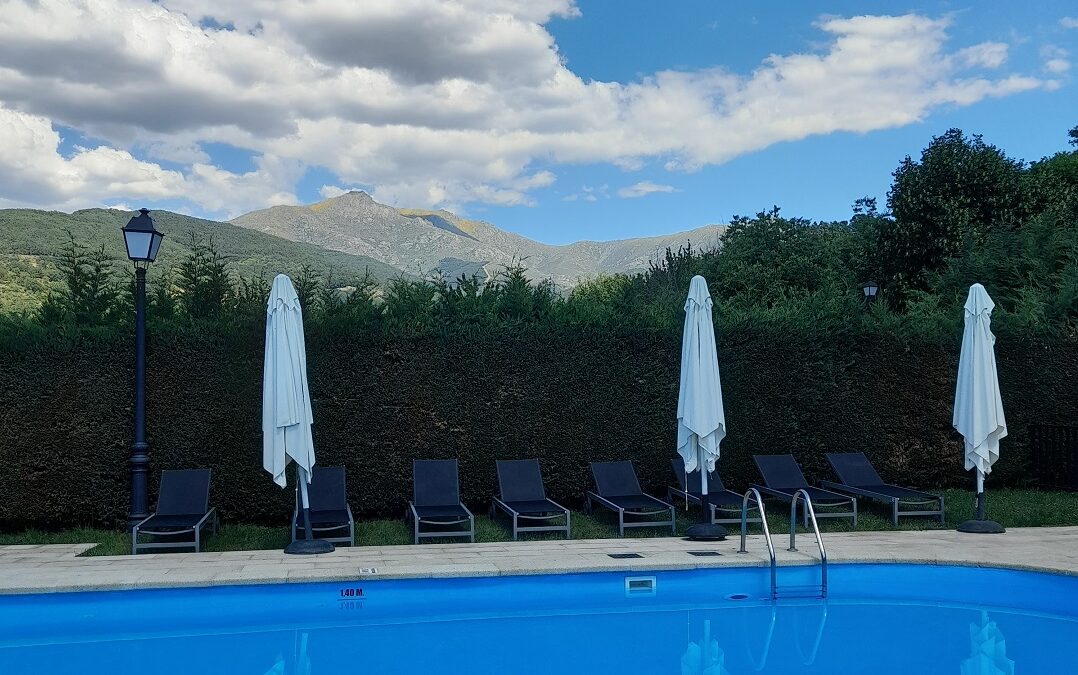
Where to stay in Hervás: Hospedería Valle del Ambroz
The pretty town of Hervás is the perfect base for exploring the Valle del Ambroz area in northern Cáceres province. If you need a place to stay in Hervás, I recommend choosing Hospedería Valle del Ambroz. In this article, I share my impressions of staying at...

